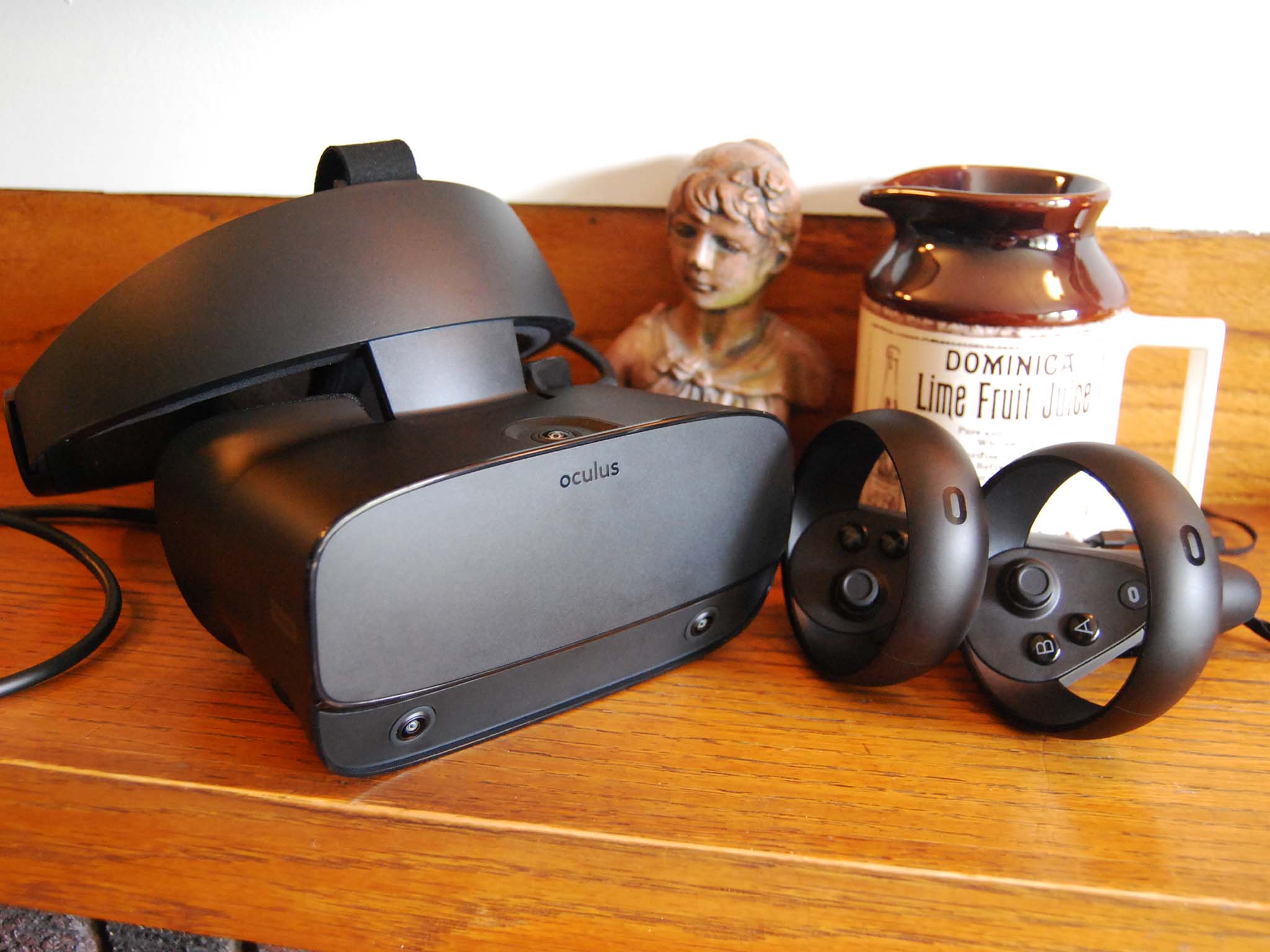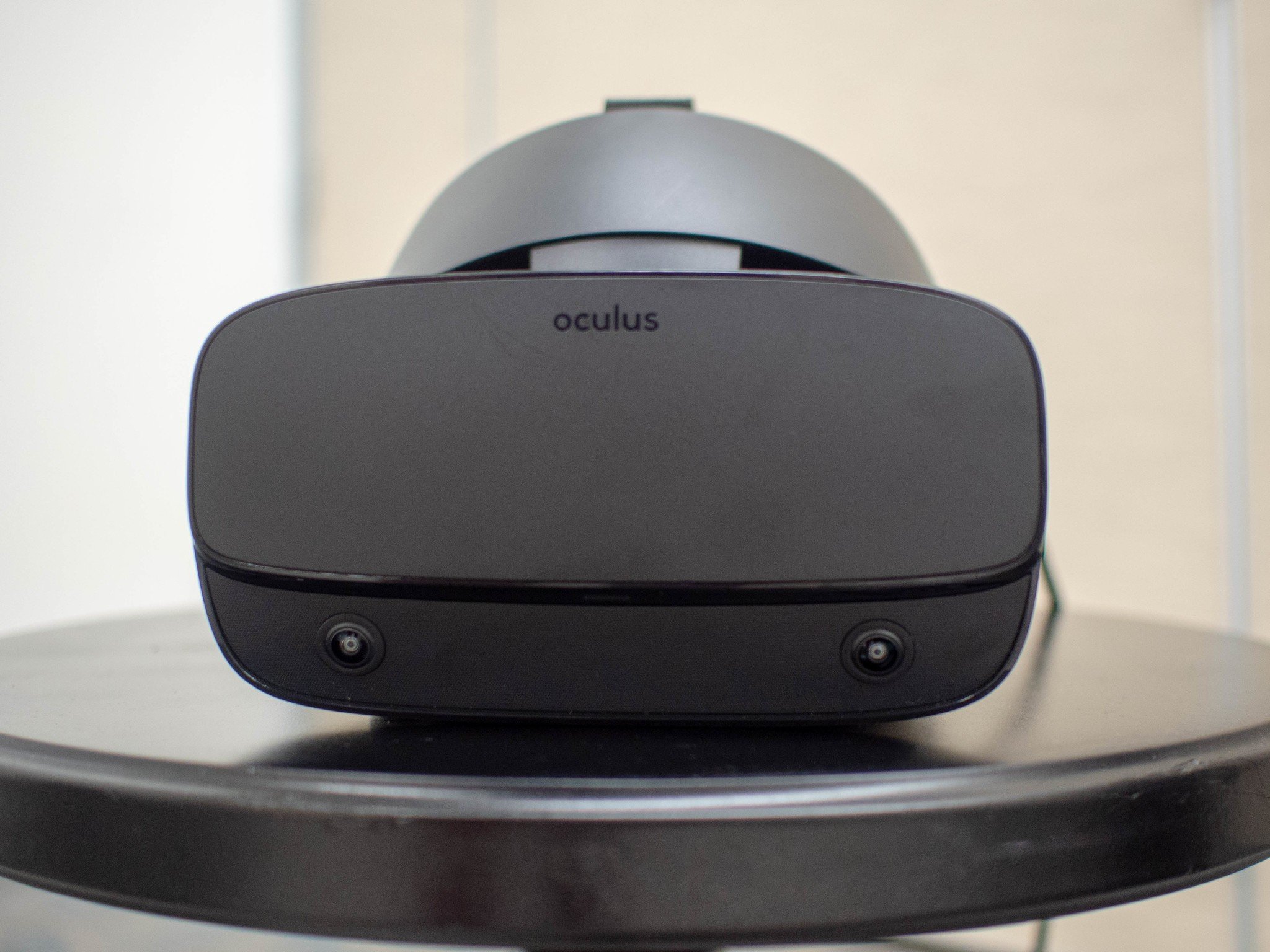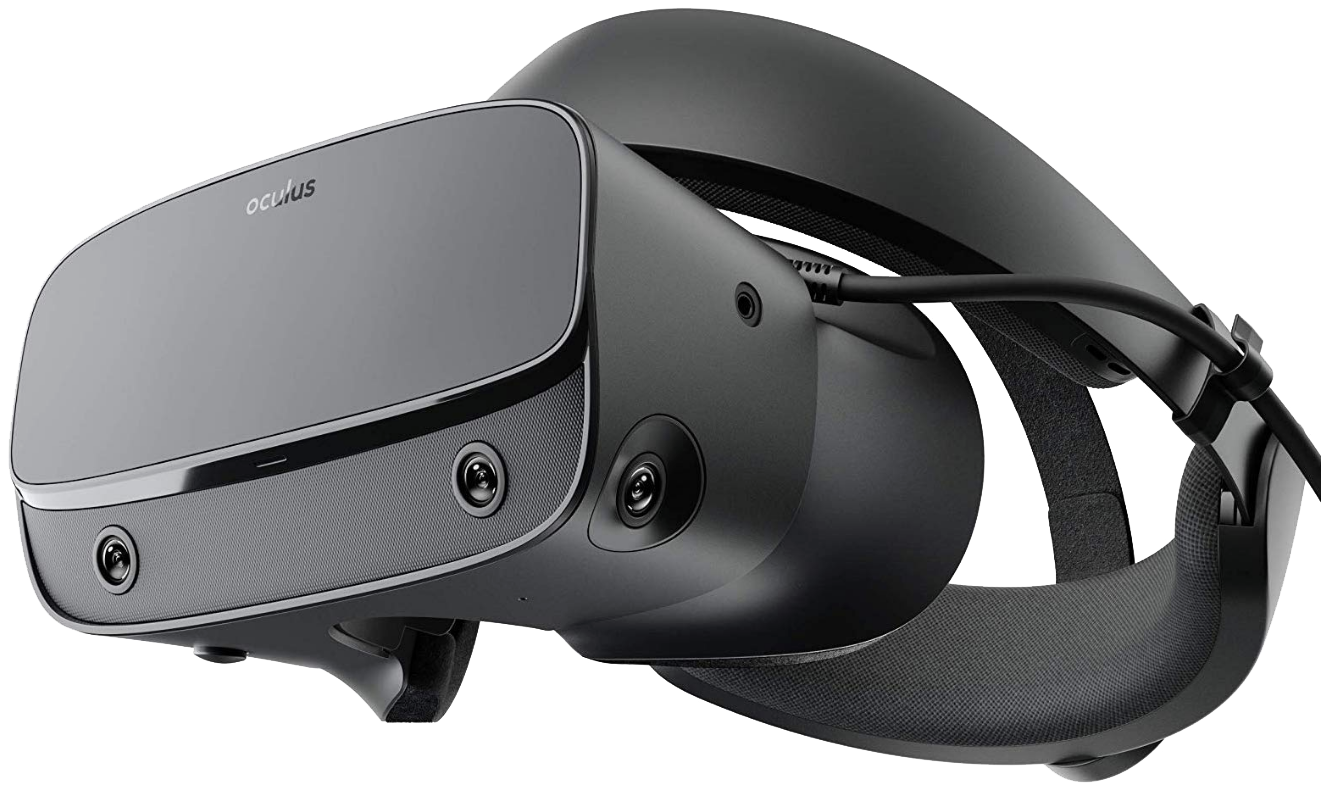Does the Oculus Rift S need external sensors?

Does the Oculus Rift S need external sensors?
Insight tracking
Previous Oculus Rifts relied on three, or even four, cameras to track yourself and the room that you're in. The Oculus Rift S removed the need for any external sensors thanks to five built-in cameras. These cameras are placed around the front of the headset and track your Touch Controllers and the room you're in. These work together with other sensors inside the helmet to create a seamless experience that tracks you in all directions in the room you're using as a VR space.
The Oculus Rift S supports six degrees of freedom tracking, which means it can follow your movements forward, backward, up, down, left, and right. You can walk around, twist, duck, and jump in real life and have those movements instantly translated into any game that you're playing.
Though the Oculus Rift S doesn't require any external sensors, there does need to be enough light in the room for the built-in cameras to scan around you. This doesn't need to be a professional studio setup by any means. In most cases, a normal light in a room will do.
Opening doors

While the Oculus Rift S does require a cable be connected to your PC, the fact that it doesn't require any external sensors opens the door to more possibilities. You could potentially have a backpack PC setup and have the Rift S track you as you move freely around an area.
Additionally, nothing is stopping you from using the Oculus Rift S on any PC that has the appropriate specs. If your friend has a gaming PC, you could bring your Oculus Rift S over to their house. Similarly, if you have multiple PCs capable of running the Oculus Rift S, you can jump back and forth between them. You don't need to dedicate a specific room or space to VR because you don't have to rely on external sensors that require setting up.

Cutting edge VR
The Oculus Rift S improves several areas compared to the older Rift, including better lenses, a better screen, and removing the need for external sensors. The result is an impressive and polished VR experience.
Get the Windows Central Newsletter
All the latest news, reviews, and guides for Windows and Xbox diehards.

Sean Endicott is a tech journalist at Windows Central, specializing in Windows, Microsoft software, AI, and PCs. He's covered major launches, from Windows 10 and 11 to the rise of AI tools like ChatGPT. Sean's journey began with the Lumia 740, leading to strong ties with app developers. Outside writing, he coaches American football, utilizing Microsoft services to manage his team. He studied broadcast journalism at Nottingham Trent University and is active on X @SeanEndicott_ and Threads @sean_endicott_.
